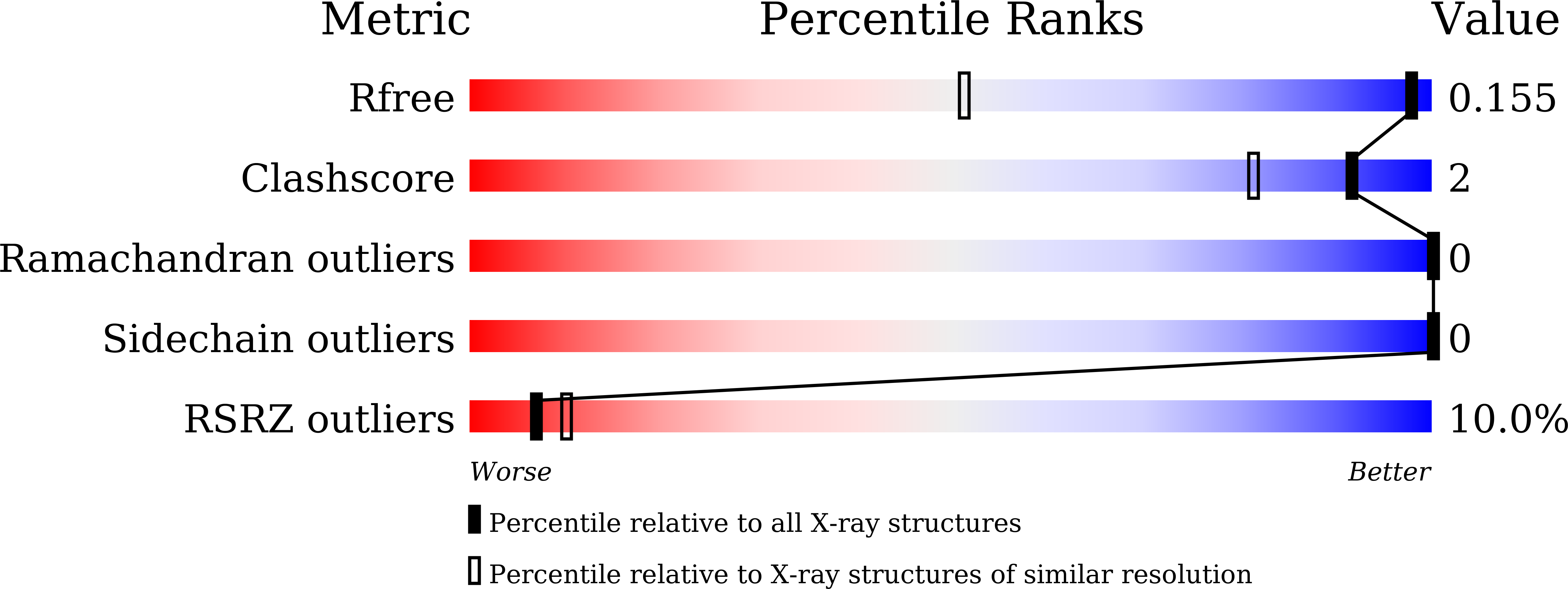Structural insights into the role of N-terminal integrity in PhoSL for core-fucosylated N-glycan recognition.
Lou, Y.C., Tu, C.F., Chou, C.C., Yeh, H.H., Chien, C.Y., Sadotra, S., Chen, C., Yang, R.B., Hsu, C.H.(2023) Int J Biol Macromol 255: 128309-128309
- PubMed: 37995778
- DOI: https://doi.org/10.1016/j.ijbiomac.2023.128309
- Primary Citation of Related Structures:
6JK2, 6JK3 - PubMed Abstract:
PhoSL (Pholiota squarrosa Lectin) has an exceptional binding affinity for biomolecules with core-fucosylated N-glycans. This modification involves the addition of fucose to the inner N-acetylglucosamine within the N-glycan structure and is known to influence many physiological processes. Nevertheless, the molecular interactions underlying high-affinity binding of native PhoSL to core-fucosylated N-glycans remain largely unknown. In this study, we devised a strategy to produce PhoSL with the essential structural characteristics of the native protein (n-PhoSL). To do so, a fusion protein was expressed in E. coli and purified. Then, enzymatic cleavage and incubation with glutathione were utilized to recapitulate the native primary structure and disulfide bonding pattern. Subsequently, we identified the residues crucial for n-PhoSL binding to core-fucosylated chitobiose (N2F) via NMR spectroscopy. Additionally, crystal structures were solved for both apo n-PhoSL and its N2F complex. These analyses suggested a pivotal role of the N-terminal amine in maintaining the integrity of the binding pocket and actively contributing to core-fucose recognition. In support of this idea, the inclusion of additional residues at the N-terminus considerably reduced binding affinity and PhoSL cytotoxicity toward breast cancer cells. Taken together, these findings can facilitate the utilization of PhoSL in basic research, diagnostics and therapeutic strategies.
Organizational Affiliation:
Institute of Biomedical Sciences, Academia Sinica, Taipei 115, Taiwan; Biomedical Translation Research Center, Academia Sinica, Taipei 115, Taiwan.



















